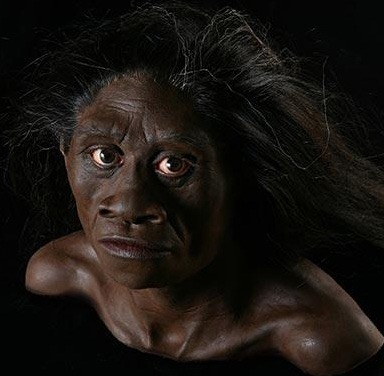Topic 5: Archaic Homo
1/18
There's no tags or description
Looks like no tags are added yet.
Name | Mastery | Learn | Test | Matching | Spaced |
|---|
No study sessions yet.
19 Terms
Learning Objectives
What are the major species of the genus Homo?
Why is human evolution not a linear process?
What are the adaptive strategies of Homo erectus?
Species within the Genus Homo and the Relationships among them
Homo rudolfensis (H. rudolfensis)
H. habilis
H. erectus
H. antecessor
H. heidelbergensis
Neanderthal
H. floresiensis (the “hobbits”)
Evolution is not a linear process!
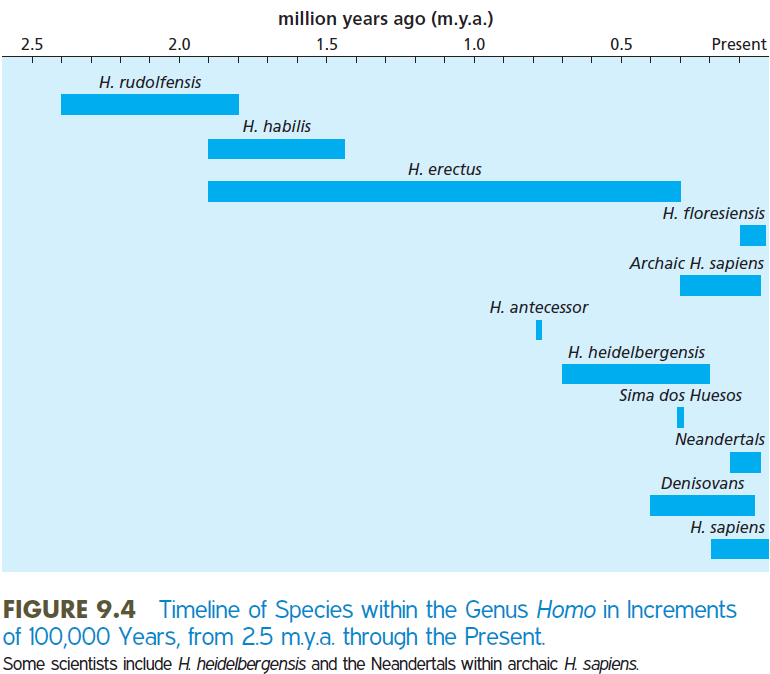
Archaic Homo—H. rudolfensis
is based on KNM-ER 1470 skull found in Kenya in 1972.
The earliest representative of the genus homo
Cranial capacity larger than that of Australopithecus (775 cc)
Large molars, more like Australopithecus
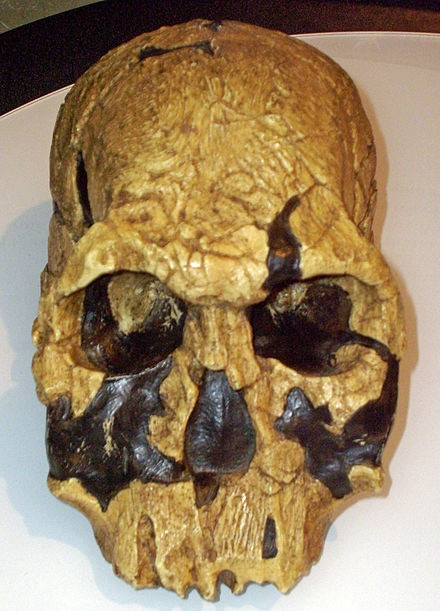
Archaic Homo—H. habilis
The first fossil of H. habilis (OH7) was found in Tanzania in 1960
Called “The handy man” because they possibly made the Oldowan pebble tools
Cranial capacity: between 600 and 700 cc—clearly separating them from austrolopithecines.
Controversies surrounding its relationship with H. rudolfensis
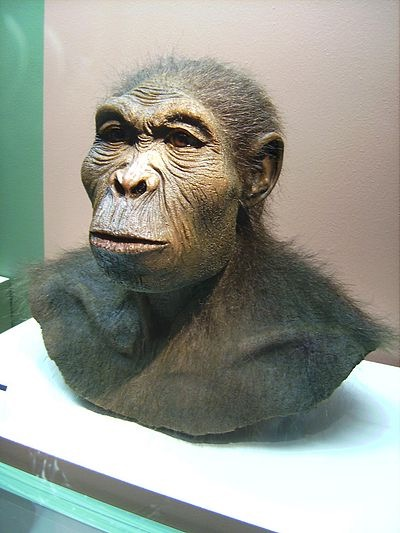
Archaic Homo—H. erectus
Range in age between 1.9 million and 50,000 years ago (coexisting with H. Habilis) they avoided competition with each other
A highly successful and widely dispersed species
The most complete fossil find—the Turkana boy, found in 1984.
if we understand H. erectus better then we will know H. sapiens (us) better.
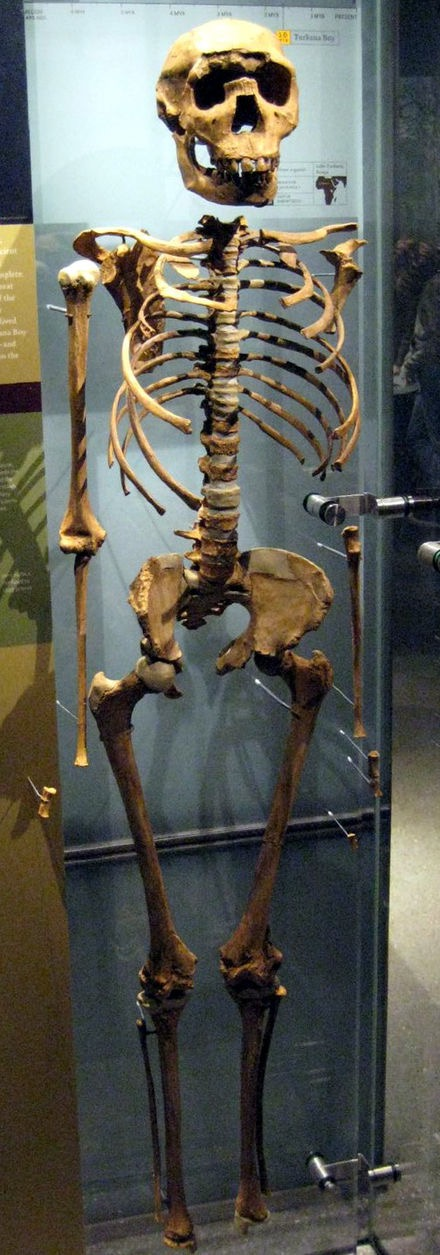
H. erectus - Adaptive Strategies
The Development of Stone Tools
Making and Using Fire
Biological Changes
Was language an additional advantage?
The Development of Stone Tools
Proliferation in the number and diversity of tools
Acheulean toolmaking tradition associated with H. erectus
Oldowan Pebble Tools:
Australopithecus or H. habilis
(picture provided)
Acheulean toolmaking tradition
H. erectus
more sophisticated
aided hunting and gathering
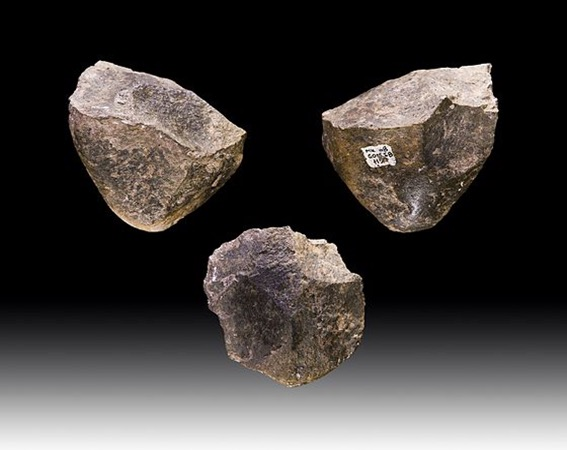
Making and Using Fire
Protection
Survive winter’s cold
now humans could move to colder regions and expand their regional range
Cooking
less calories wasted trying to eat tough raw meat
killed bacteria
Social life
helped each other survive
very distinctive characteristic of homo erectus
civilization began when we started to support each other (proof from healed thigh bone)
Part of how humans evolved
Biological Changes
The shedding of body hair and the ability for long-distance running (animals that pant are faster but can’t run further distances)
Even smaller teeth, jaws, and torsos (as a result of cooking), compared with earlier hominins
Less prognathic faces (our faces are more vertical)
Increased cranial capacity (Australopithecine—500 cc; H. erectus—1,000 cc), vertical forehead, and thicker skulls
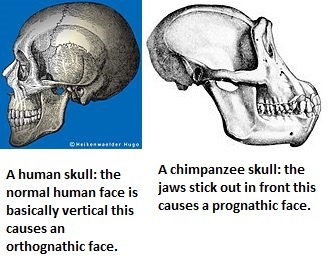
Was language an additional advantage? It is only a POSSIBILITY
Cooperative hunting and making sophisticated tools may require or stimulate language
Possibility of rudimentary speech among H. erectus.
The adaptation of H. erectus is facilitated by culture/biology synergy
Expansion of H. erectus
East and West Turkana, Kenya, dated 1.6 m.y.a.
Upper Bed II, Olduvai, Tanzania, dated 1 m.y.a.
Trinil, Java, Indonesia, dated approximately 700,000 years ago
Zhoukoudian, China (a.k.a. “Peking Man”), dated 670,000–410,000 years ago
A probable H. erectus cranial fragment found in Italy, dates to 800,000 m.y.a.
The site of Dmanisi, in the former Soviet Republic of Georgia, has produced two skulls dated to 1.77–1.7 m.y.a.
Homo erectus needs meat rich diets to survive, but the earlier species, like Lucy, did not need as much meat to survive
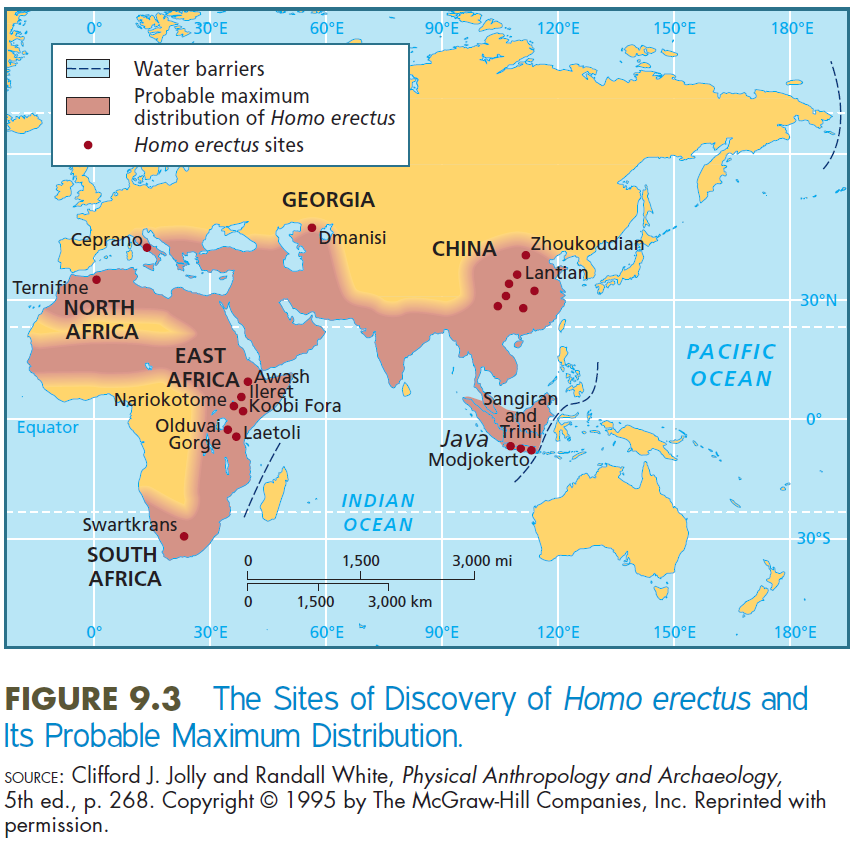
Archaic Homo—H. antecessor
Fossils entirely from caves in northern Spain
6 individual skeletons found
their facial features started to resemble modern humans
Possible common ancestor of H. heidelbergensis
First migratory wing from Africa
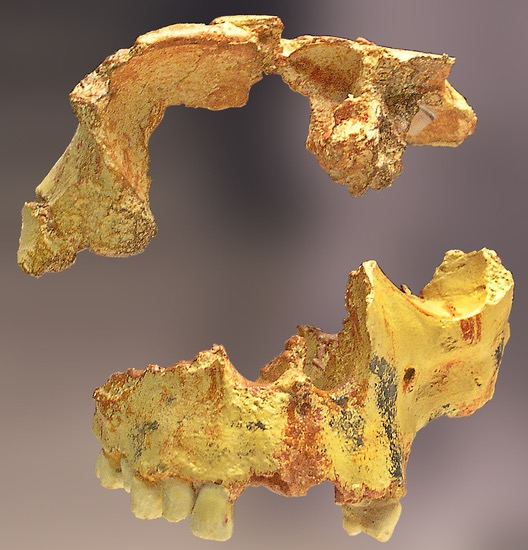
Archaic Homo—H. heidelbergensis
Fossils found in Heidelberg, Germany
Share features with H. erectus and H. sapiens
Cranial capacity: 1250 cc (close to what we have now)
It may gave rise the Neanderthals (could be a direct ancestor to Neandrethals)

Archaic Homo—Neanderthals
First discovered in 1856 in a German valley called Neander Valley
When scientists first found this they were very confused, it looked so similar yet so different from modern humans
Very large cranial capacity (1,450 cc)
larger brain than modern humans
Rugged appearance
This particular man suffered from arthritis, but scientists back in the day thought that the neandrethals just had difficultly walking as a whole. (No they didn’t)
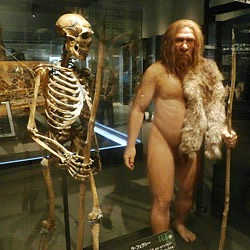
Cold-Adapted Neanderthals
An important environmental change faced by the Neanderthals is ice ages (glacial).
Cold-adapted traits: large torso, short limbs, broad nasal passages
Average of 50 degrees C colder back than than today
Human brains don’t do well with sudden cold changes in temperatures, there is less oxygen which is not good for the brain, so that is where large noses come from.

Neanderthal tools
Oldowan Tools: Australopithecines or H. Habilis
Acheulean toolmaking tradition: H. erectus
Mousterian toolmaking tradition: Neanderthals, who revolutionized the technique to make flake-tools
We can identify 14 different kinds of tools used for different purposes
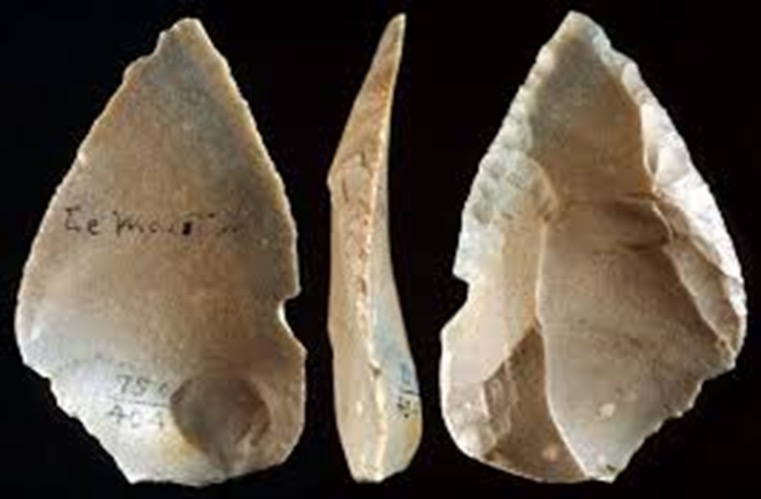
The Relationship between Neanderthals and Modern Humans
The prevailing view: H. erectus split into many separate groups, one group was ancestral to Neanderthals, and another one ancestral to Anatomically Modern Humans (AMH)
Question debated by anthropologists for a long time: Why did Neandrethals die off/disappear
About 60,000 years ago, humans moved Neandreaths to extinction (SEPARATE SPECIES)
After homo sapiens moved to Europe, ancestry of neandreathas still live in DNA of asians
H. floresiensis (the “hobbits”)
Caves on Flores Island, Indonesia, where the specimens were found in 2004.
Very mysterious species, they stood 3 feet tall, with a brain much smaller (about the size of a chimpanzee). Initially thought this species suffered from a disease causing their dawrfism and small brain, but this proved to be incorrect. Despite their brain size, they could make fire and had even more sophisticated tools than the other homo species, they also had sophisticated culture, all of which puzzles anthropologists.
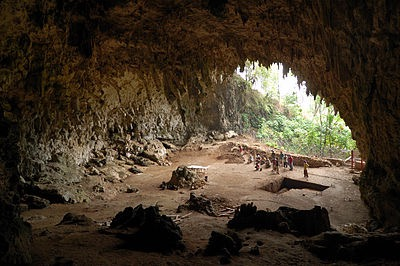
How does the discovery of H. floresiensis challenge conventional thoughts about human evolution?
Could adaption change the general evolutionary trend? (the general trend was that animals would get bigger in evolution instead of smaller, but in some particular species some got smaller)
Is cultural development directly related with the brain size?
